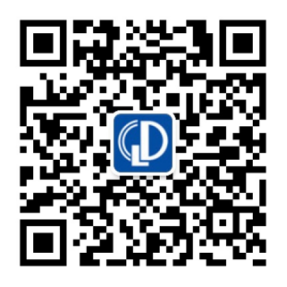4. Making rabies prophylaxis more economical Immunogenicity and safety results from a preliminary study using a 2-1 intramuscular regimen in healthy volunteers
来源:本站 日期:2015-07-14
广州CDC临床研究显示,成大速达2-1程序免疫原性及安全性良好。
Hum Vaccin Immunother. 2014;10(1):114-9.
Huang G1, Liu H1, Tang Q2, Yu P2, Shen X2, Zhang Y1, Liu X1, Cao Q1, Fu C1, Liu B1, Wang M1.
- 1 Guangzhou Center for Disease Control and Prevention; Guangzhou, PR China.
- 2 State Key Laboratory for Molecular Virology and Genetic Engineering; National Institute for Viral Disease Control and Prevention; Chinese Center for Disease Control and Prevention; Beijing, PR China.
Abstract
BACKGROUND:
Rabies is fatal in nearly 100% of cases, making post-exposure prophylaxis (PEP) a required measure for preventing mortality. Currently, the rabies vaccination regimen requires at least three to five clinic visits, with vaccination and transportation costs being very high. This study assessed the safety and efficacy of the 2-1 intramuscular (IM) regimen for rabies immunization with the goal of making rabies prophylaxis more economical.
METHODS:
One-hundred and eighty-one subjects were divided into two groups: 79 subjects in test group A and 102 subjects in control group B. 2-1 IM regimen was chosen for group A and the Essen regimen was adopted for group B. Serum samples were also collected at D0, D7, D14, D45, D180, and D360 to determine the rabies serum neutralizing antibody by rapid luorescent focus inhibition test (RFFIT).
RESULTS:
There was no significant difference between groups A and B with respect to the rate of adverse events following each vaccination. Nine-hundred and nineteen blood samples were obtained. At D0 (prior to immunization), all study subjects exhibited a geometric mean titer (GMT)<0.05 IU/ml. On D14, all study subjects exhibited NAb titers>0.5 IU/ml; titers above 0.5 IU/ml were maintained in both groups through D45 and D180 before gradually declining. The percentage of subjects positive for NAbs in group A and group B on D7 were 88.6% and 87.3%, respectively, which was not statistically different (P=0.545). On D360, the percentage of subjects positive for NAbs in group A and group B were 93.9% and 100% (P<0.01), respectively. During the study, the GMT was highest for both groups on D14 (21.90 IU/ml, group A; 19.93 IU/ml, group B) (P=0.045). On D45, the GMTs were 8.28 IU/ml (group A) and 7.89 IU/ml (group B) (P=0.037). On D7, D180, and D360, there were no statistically significant differences between the two groups with respect to the GMT.
CONCLUSIONS:
The 2-1 IM regimen demonstrates the same safety and efficacy as the Essen regimen. The use of the 2-1 IM regimen could not only reduce the personal economic burdens of rabies immunization but also improve rabies immunization rates through fewer office visits and compliance with immunization procedures. However, further evaluation is needed before a major recommendation can be made.
KEYWORDS:
geometric mean titer; immunization regimen; rabies; rabies vaccine; safety


